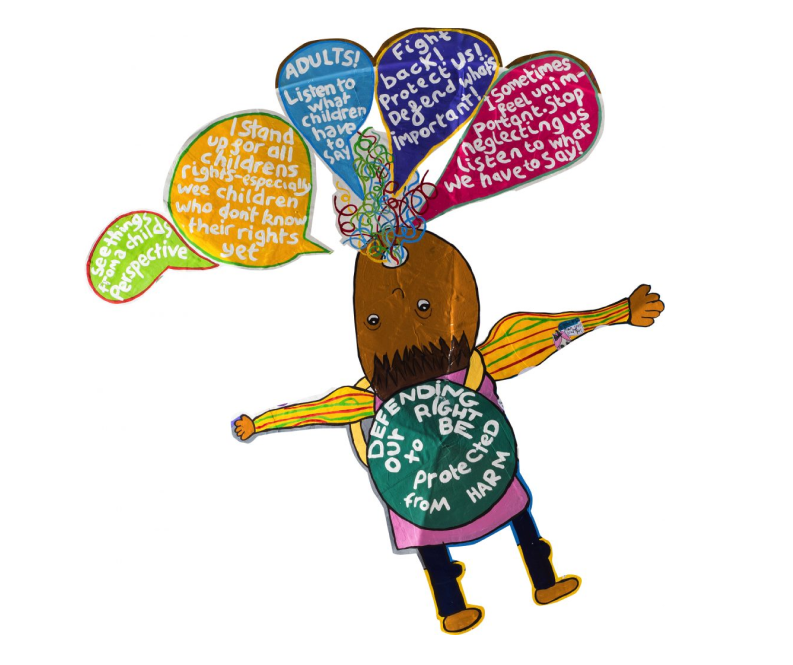Child Rights Connect defines a Children’s Human Rights Defender (CHRD) as “children who take action to promote their human rights, the rights of their peers or the rights of others (including adults).” At Children’s Parliament, we have a growing team of CHRDs with children from Aberdeen, Clackmannanshire, East Lothian, Edinburgh, Perth and the Western Isles. Katie Logie, Project Worker, explains where this team is taking us next.
We acknowledge that realising children’s human rights is everyone’s responsibility. In order to embed a children’s rights-based approach within policy, practice and legislation, we work in partnership with a range of adults from across the public, private and third sector. Through our ever-growing CHRD programme, we have introduced the concept of a Children’s Human Rights Defender school.
To be a CHRD school, the school has to embrace a rights-based approach and embed the work within their schools.


